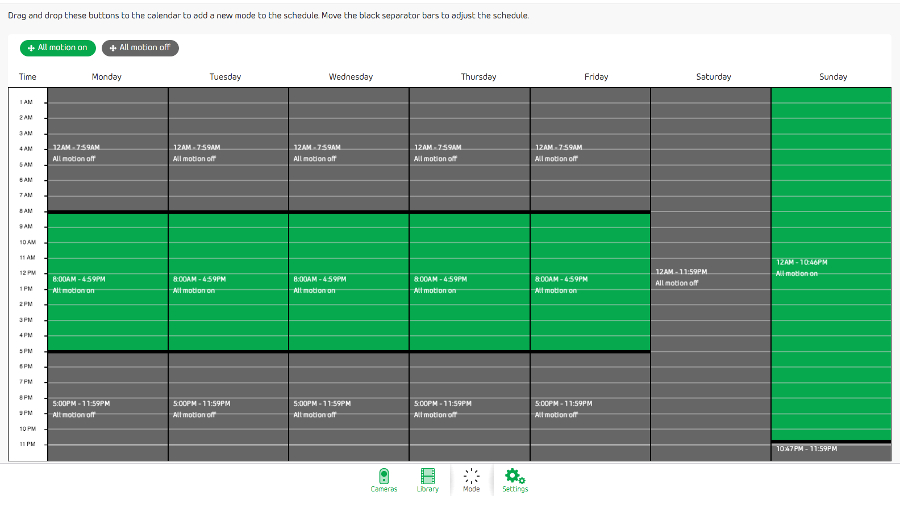Why you can trust TechRadar
Arlo can be set up in minutes using a PC or laptop. Its mains-powered base station, which acts as the brains of the operation, connects to your wireless router using a supplied Ethernet cable. Cameras connect to the base station, rather than directly to routers using Wi-Fi, which allows them to operate in a low-power state and lie dormant until needed to achieve their long battery life.
It can, however, prove an issue depending on the shape of your house. I attempted to place a camera to monitor my flat's rear garden, but because my router was in a room where the fibre connection entered the building at the front of the flat, and there were several walls in-between, it was (just) out of range. Buying a Homeplug ethernet extender would've allowed me to position the base station in the room where the camera was, but this would've added to Arlo's cost and complexity.

On the back of the base station are two USB 3.0 ports, an ethernet port, a reset button, a power connection and an on/off button. Once the base station is connected to the router's ethernet port you'll need to insert four batteries into each of the cameras, which is done using a simple release mechanism on their underside. Once powered up, pressing the sync buttons on the cameras and the base station at the same time pairs them.

Once synced, Arlo's web portal makes creating an account and selecting a plan a breeze. After completion you're taken to the main portal page, which presents four tabs: Cameras, Library, Mode and Settings. Cameras gives you a one-page view of your active cameras, each with a battery life indicator and a preview window that lets you view what the camera is seeing at that time.
Cameras don't begin to record until they detect movement, depending on how you have them set. The Library tab presents captured footage in chronological order, with the option to add clips to your favourites.
Clicking the Mode tab lets you schedule times for cameras to be alert. Using rules, for example, you could create a "Weekday" mode where your indoor cameras are set to record when motion is detected up until 5.30pm. After that, it could automatically switch to an "Evening" mode where indoor cameras stop recording and outdoor cameras are set to record all movement. It's all done using a drag-and-drop interface that feels a little clunky but gets the job done.

Performance
The Arlo's HD cameras record at a pixel-resolution of 1,280 x 720, which is high enough to clearly make out subjects and pick out details in the environment. They're capable of night video too thanks to an IR sensor that clicks into action when light fades.
Sign up to the TechRadar Pro newsletter to get all the top news, opinion, features and guidance your business needs to succeed!
You may be tempted to position cameras behind windows to film outside at night, which unfortunately isn't possible. Because light reflects off glass to distort the image, you're better off placing cameras outside.

Motion detection sensitivity is altered using a 'more sensitive/less sensitive' slider in the Settings panel. Where you position cameras depends on whether you'll need make an adjustments - point one at a door, for example, and the default sensitivity will do just fine.
It's only when you point one outside, where there may be people walking past, trees swaying in the breeze or birds flying around that you may have to reduce the sensitivity to prevent video being captured every 10 seconds. It's a situation that would not only prove annoying, your cloud storage would be filled in a snap and battery life would deplete quickly.
Thankfully Arlo is swift at sending notifications when motion is detected. It means you can quickly log in on a mobile device or PC to check what's been recorded and, if necessary, take action.

